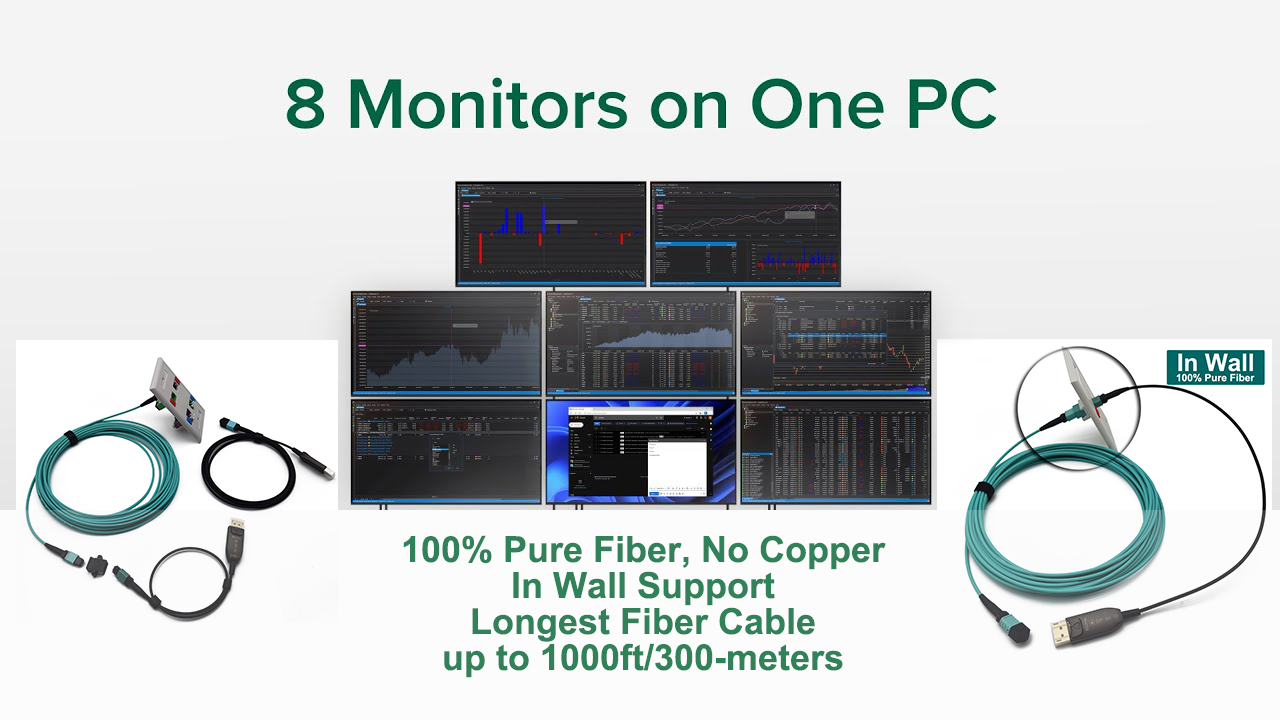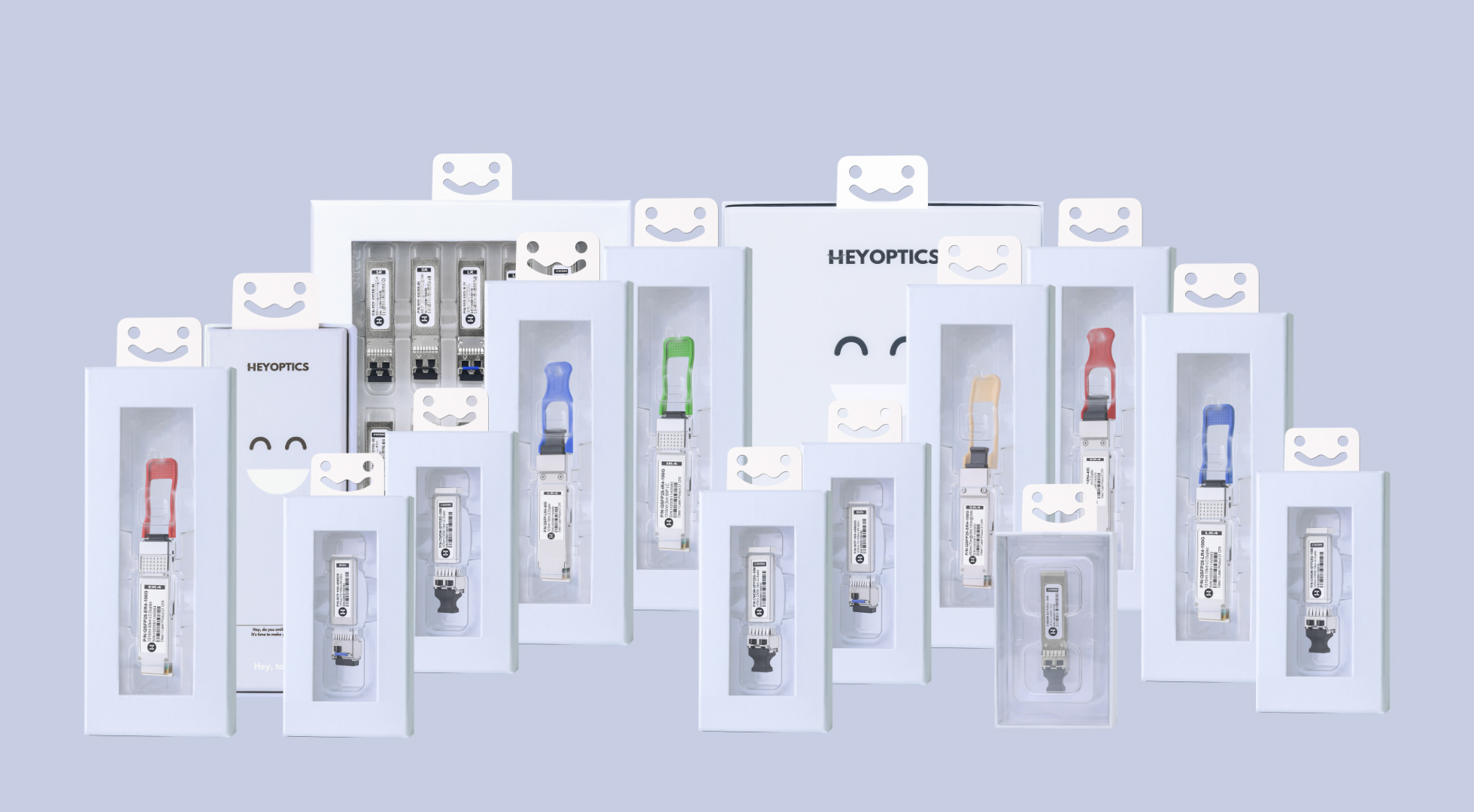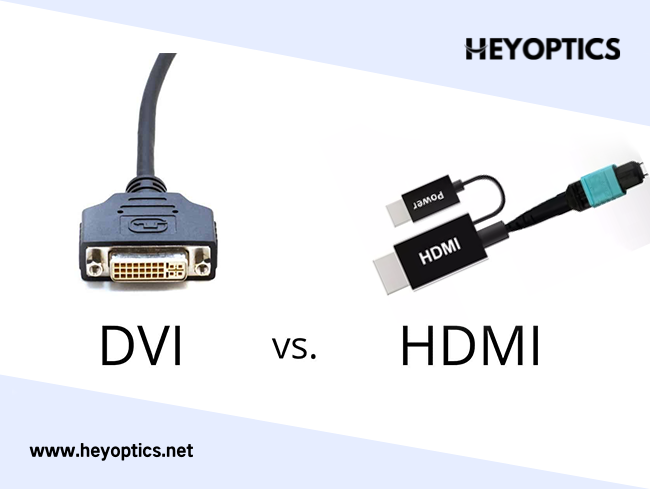10GBASE-T SFP+ Transceiver-Everything You Need to Know
10GbE switch plays an essential role in 10G Ethernet network solutions. Generally, there are two 10GbE switch solutions for the 10GbE link: 10GBASE-T switch vs 10GB SFP+ switch.
What is 10GBASE-T Copper SFP+ transceiver.

10GBase-T Switch Introduction
10GBase-T switch supports 10G transmission over RJ45 ports, which is used to address the bottleneck problem and create great ROI and performance. It can provide backward compatibility with legacy networks such as 100/1000BASE-T and work with existing structured cabling systems, providing IT technicians with the most flexibility in server placement. Take FS S5850-48T4Q 10Gbase-t switch as an example. It comes with full line-rate switching at L2/L3 with 48x 10GBase-T RJ-45 ports and 4x 40Gb QSFP+ uplinks in a compact 1RU form factor. All the 10GBASE-T copper ports can auto-negotiate and communicate effectively with legacy 1Gbit/s and 100Mbit/s server connections.
10GBASE-T SFP+ transceiver has high performance, good reliability and so on, mainly used in Cat 6a or Cat 7 of copper cabling System for 10G Ethernet transmission, it conforms to the SFF-8431 and SFF-8432 MSA standards, transmission distance can reach 100M. In addition, compared with SFP+ high-speed cable, 10GBASE-T Copper SFP+ transceiver can save at least 0.5W power consumption, and its port can support shielded twisted pair, but also support unshielded twisted pair. Therefore 10GBase-T SFP+ transceiver is becoming more and more popular in network switches and servers because of its lower cost and higher ease of use. So if you don’t have any 10G devices, you should get those 10GBase-T ports.
What is 10GBASE-T Copper SFP+ transceiver
10GBASE-T SFP+ transceiver has high performance, good reliability and so on, mainly used in Cat 6a or Cat 7 of copper cabling System for 10G Ethernet transmission, it conforms to the SFF-8431 and SFF-8432 MSA standards, transmission distance can reach 100M. In addition, compared with SFP+ high-speed cable, 10GBASE-T Copper SFP+ transceiver can save at least 0.5W power consumption, and its port can support shielded twisted pair, but also support unshielded twisted pair. Therefore 10GBase-T SFP+ transceiver is becoming more and more popular in network switches and servers because of its lower cost and higher ease of use. So if you don’t have any 10G devices, you should get those 10GBase-T ports.
10GBase-T SFP+ vs SFP+ DAC vs Fiber SFP+ vs 1000BASE-T SFP
10GBase-T SFP+, SFP+ DAC, and SFP+ Transceiver are the most commonly used types in the 10G network, in addition to the relevant 1000BASE-T SFP transceiver for the GE network application, now let us highlight the difference between these products.
| Comparsion | SFP+ DAC | 10GBASE-T SFP+ | SFP+ Optical Transceiver | 1000BASE-T SFP |
| Media | Category 6a or 7 | UTP cable | Fiber Cable (SM/MM) | UTP cable |
| Connector | SFP+ | RJ45 | LC | RJ45 |
| Distance | 15m | 30m | Max 100km | 100m |
| Cabling System | No | Copper cabling | Fiber cabling | Copper cabling |
| Data rate | 10 Gbps | 10 Gbps | 10 Gbps | 1Gbps |
| Cost | Low | Low | Highest | Lowest |
| Application | Top of Rack | Top of Rack Middle of Row (MoR) End of Row (EoR) |
Top of Rack (ToR) Middle of Row (MoR) End of Row (EoR) Core network IDA/HDA/MDA MD/ZD/EO |
Gigabit Ethernet |
Note:
- Top of Rack: Intra-cabinet connectivity from servers to ToR switches
- Middle of Row (MoR): Intra-cabinet connectivity from servers to MoR switches
- End of Row (EoR): Inter-cabinet connectivity from servers to EoR switches
- DA/HDA/MDA: Intermediate, Horizontal and Main distribution areas as outlined in TIA 942-A
- MD/ZD/EO: Main Distributor, zone distributor and Equipment Outlets as outlined in ISO 24764
- Core network: Backbone
Each option has its advantages, but 10GBase-T’s compatibility with existing structured cabling devices and existing low-speed devices makes it uniquely suited for widespread deployment. These features, combined with superior cost and achievable features, make the simplest path of 10GBase migrate from Gigabit Ethernet to 10G Ethernet. 10GBase-T copper cabling is also significantly cheaper than fiber or DAC cost.
10GBASE-T SFP+ has the below advantages:
Cost-effective twisted pair copper cabling, the lowest cost 10GbE Ethernet deployment
Auto-negotiable backward-compatibility with previous-generation BASE-T networks for a seamless migration to 10GbE
Field twisted pair cabling with familiar RJ-45 connector
Based on previous generations of basic knowledge and training of existing expertise
Cable length of up to 100 meters, enough to support almost all data center topology
Extend support for aggregated environments
Conclusion
When you have to choose between 10GBase-T switch vs 10GbE SFP+ switch for the best 10G network solution, you should make a decision based on your real needs. In general, for equipment that transmission distance is crucial, a 10GB SFP+ switch is more suitable. However, if flexibility and compatibility are more vital, you may consider a 10GBase-T switch. Both of them should find the respective appropriate role in network design and practice.



